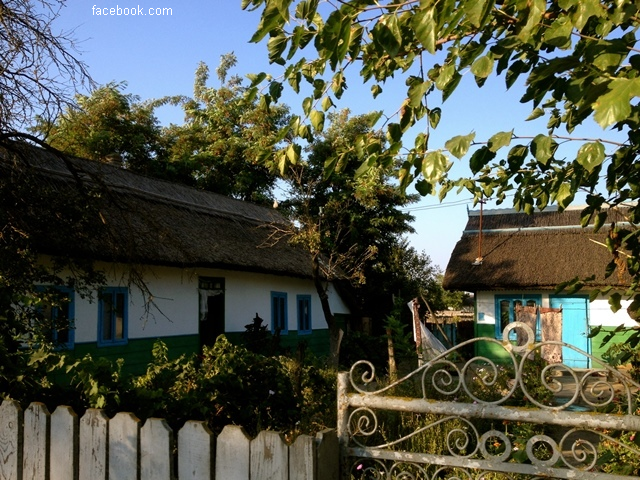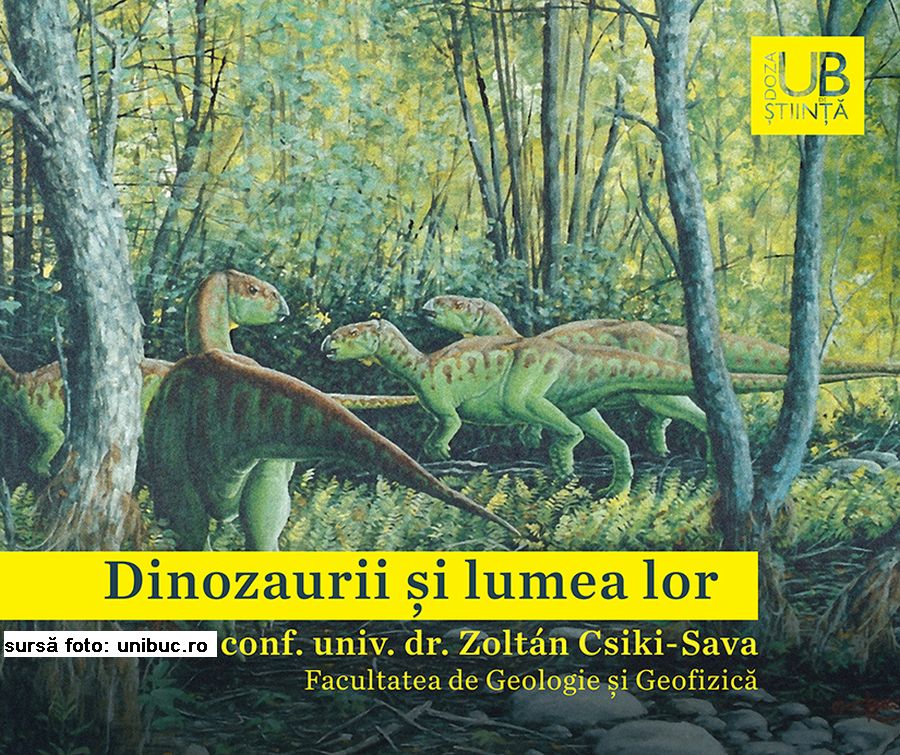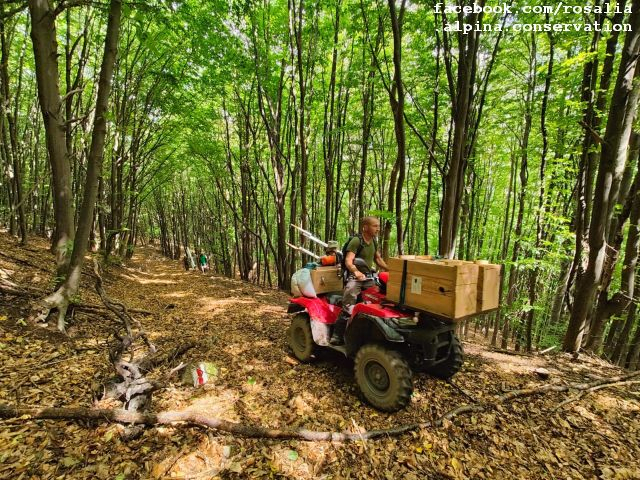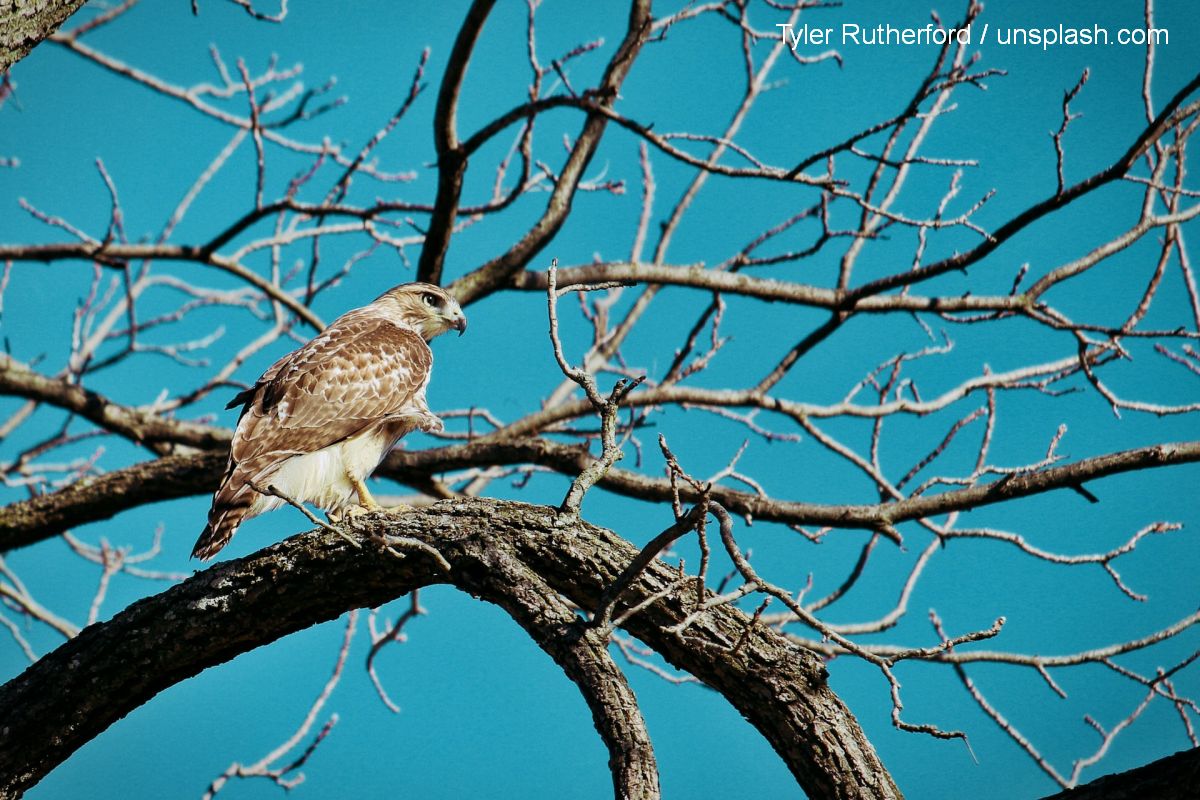“Reed is Concrete” – an information campaign on the use of reed for house construction in the Danube
The Danube Delta is the largest nature reserve in Europe. In 1991 it obtained international recognition and became a UNESCO World Heritage site.

România Internațional, 26.09.2014, 14:28
The delta is very attractive for tourists and scientists alike. The Danube Delta Biosphere Reserve is ranked 5th in the classification of World Wetlands and 2nd in Europe, and in terms of ecological importance it is the 3rd most important area of the world.
The Danube Delta boasts a rich fauna and flora as well as certain characteristics that make it one of a kind in the world. Reed covers extensive areas of the Danube Delta, around 78% of its total surface. Thanks to its physical characteristics reed is a good construction material being very much appreciated by modern architects. But Romanians seem to no longer be interested in this renewable source. Each winter reed is gathered and sold to constructors from across Europe. Holiday houses there proved that the use of reed in constructions is not outdated, on the contrary, it is an environment-friendly technology.
Loredana Pana is a project coordinator with the Letea in UNESCO Association: “We are encouraging the use of reed as raw material. It can be used to make reed briquettes for heating houses, for roofs and other constructions and insulations. Reed has very good characteristics, reed roofs for instance resist on the house about 100 years if they are well fixed and water does not infiltrate. In summer time reed roofs keep houses cool, and in winter warm, so they are very good thermal insulators. Reed roofs are very popular in Great Britain”.
Unfortunately the craft of making reed roofs is being lost. Only in Letea, a village in the Danube Delta, houses are covered with reed and lined with planks. The craft of processing reed could be included on the list of the UNESCO Intangible Cultural Heritage in the coming years in an attempt to save the tradition of reed weaving craft that is still preserved in the isolated villages of the Danube Delta. To save the craft the Letea in UNESCO Association in partnership with the Ecopolis Centre for Sustainable Policies and the Resource Centre for Public Participation has recently launched the information campaign “Reed is concrete”. The campaign is part of the same- name project being aimed at promoting the rural landscape in the Delta.
Loredana Pana: “Our project wants to show that the reed roofs made in the Danube Delta are really unique. These roofs are also made in Hungary, Great Britain and other places in Europe, but the methods used in Romania are indeed unique. Romanian craftsmen use traditional techniques and tools they made themselves, but all these risk being lost. In Letea for instance there is only one reed craftsman left. Unfortunately there are many projects in Romania aimed at preserving the authenticity of rural areas. Through our project we intend to promote the Danube Delta’s cultural heritage, and we expect that, in the long run, the pressure on ecosystems and the environment will subside and cultural tourism will thrive”.
Near the Letea fishermen’s village there is the Letea forest- the northernmost tropical forest in Europe and the only oak tree forest in the world growing on a sand bank. The tourists who come here can find accommodation in traditional houses. Guesthouses can be developed here using reed as raw material, the project initiators hope.
Here is Loredana Pana again: “We are preparing for UNESCO a study that will be ready in November. It dwells on the reed working techniques, on the Romanian traditional methods to make roofs and the number of traditional craftsmen still existing. We want to show that this craft is still alive. We have so far identified only 2 craftsmen and the Culture Ministry will have to decide if we add this craft on Romania’s list for UNESCO or not. As far as we known there may be chances to include it on the UNESCO list.”
At the level of statements, the project has the support of all local and central authorities with competences in the cultural field. But when it comes to direct involvement, they find it rather difficult to mobilize. The protection of the traditional rural landscapes of the Danube Delta does not seem to be a priority for the authorities, say the representatives of the Letea in UNESCO Association, adding that it’s very important for the Letea locals to understand that local traditions have to be carried on, given that the area is visited by thousands of tourists each summer.






























